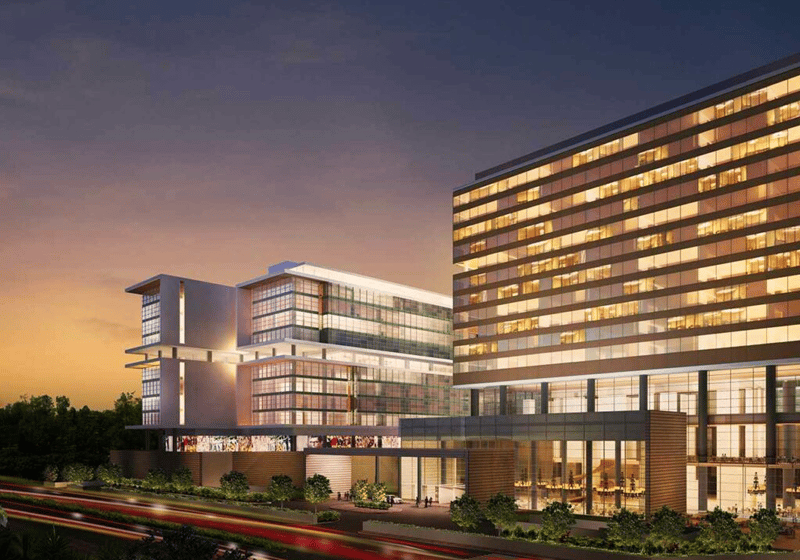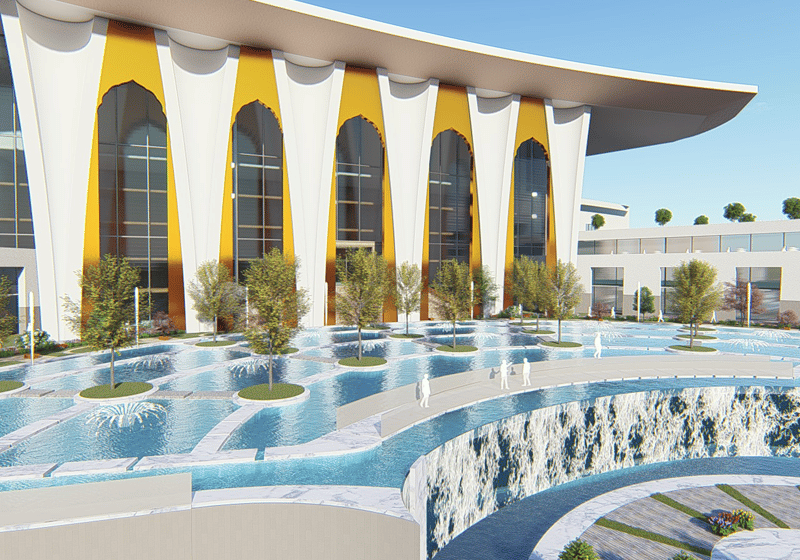Architect explores the possibility, requirements and probable applications of incorporating a VT bicycle into urban structures.
“Designing a dream city is easy; rebuilding a living one takes imagination.”
— Jane Jacobs
Around 55% of the world’s population lives in urban areas, and cities are getting increasingly dense by the day. To put this in figures, about 4 billion people around the globe are currently living in cities, and this number is expected to grow to 7 billion by 2050. This means nearly two-thirds of the world’s population is expected to be dwelling in urban areas in 30 years. This will mean huge demands for food, energy, water, waste management and other urban infrastructure systems.
Health Benefits
The health benefits of cycling vertically are numerous. Take it from cyclist-entrepreneur Divya Tate, founder of Inspire India Ultracycling Races, a trained architect who gave up her practice to get involved in outdoor and sustainable activities:
“No other activity is comparable to cycling in terms of health benefits! It is widely accepted that mental/emotional wellbeing is linked directly to physical wellbeing, and cycling is known to improve both! This is the reason for people of all ages being able to beat serious health issues simply through regular cycling. In this application of cycling to vertical transportation in our everyday lives, people would have an opportunity to get the health benefits of cycling, while simultaneously traversing various levels/floors within a structure.”
According to Tate, the health benefits of regular cycling include:
- Increased cardiovascular fitness
- Increased muscle strength and flexibility
- Improved joint mobility
- Decreased stress levels
- Improved awareness and reflexes
- Stronger bones
- Decreased body fat levels
- Prevention or management of disease
- Reduced anxiety and depression
Such a system would be of great value for people who are hard pressed for time but nevertheless want to integrate fitness within their daily regime. Vertical cycling could provide them with the means to utilize the time required for moving across various floors for brief exercise periods. Also, on an urban scale, vertical cycling systems could be retrofitted on foot overbridges, which could have dedicated cycling tracks on top, along with separate pedestrian walkways. Of course, the system will need to have its own encased enclosure for safety.
To accommodate so many people in the limited space constraints of a city, the only axis available for growth is the vertical one. Vertical transportation (VT) will play a key role in the design of efficient structures and the retrofitting of certain buildings, where conventional elevator systems may not be feasible within the parameters of an existing structure. Some prototypes are already being developed toward rethinking VT within structures. Bicycling your way up is one promising alternative that is emerging with the potential of being adapted for retrofitting existing structures and even integrating it into the design of new low- to medium-rise structures.
Take, for example, Vycle, an idea devised by designer Elena Larriba in the U.K. It comes at the confluence of a lift and a staircase. Attach it to any side of a building by way of a vertical rail; the entire system can be navigated vertically by means of human-powered bicycle pedaling. It promises to be a highly efficient system that works through a balancing act of counterweights that only have to take care of the body weight of the individual using it.
Vycle, while still in its initial development phase, displays a host of virtues:
- Minimal space requirements
- Minimum mechanization
- Low maintenance
- Security
- Health benefits
As the system occupies only enough space for a single individual, it only needs about 1.2 m. Also, it eliminates the need to construct lift pits and a lift machine room. The rail track, counterweight and seat, along with the pedals, are the only pieces of equipment required for its function. Only periodic oiling of the track and checking for loose ends are needed for maintenance. Users can also feel secure using it, as it is a single-user system.

Get more of Elevator World. Sign up for our free e-newsletter.








